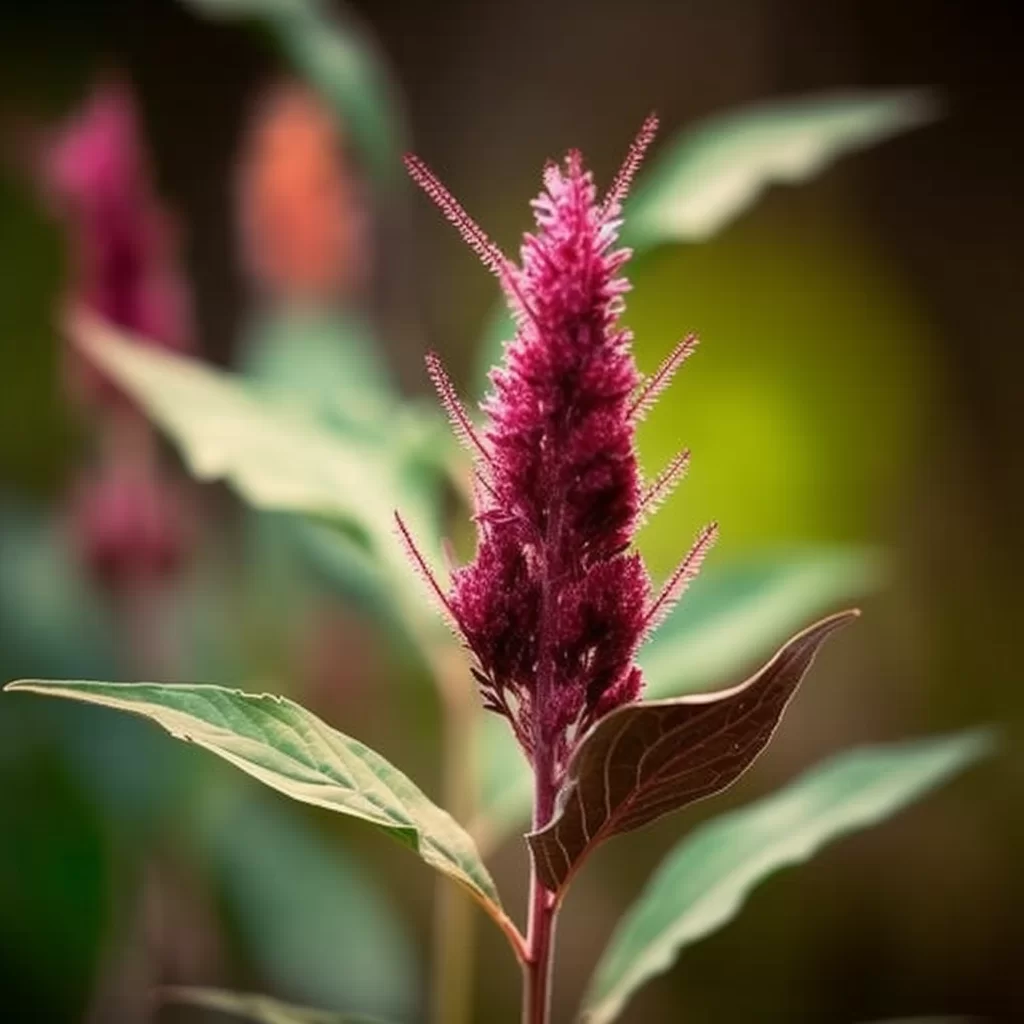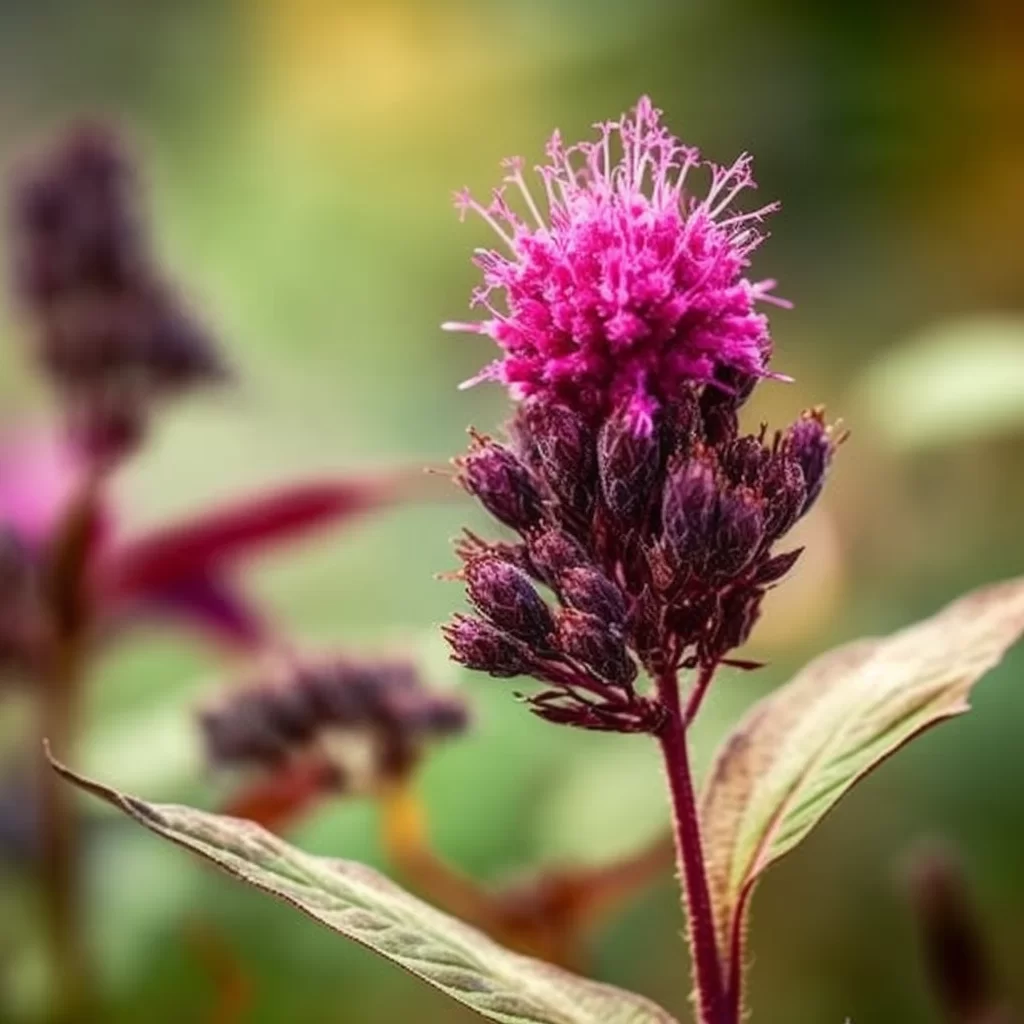Story of Day :
Contents
Ironweed Plant: Complete Guide and Care Tips
If you’re on the hunt for a plant that will brighten up your garden and draw in butterflies, then the ironweed plant is definitely worth considering.
With its striking appearance and lovely purple hue, this perennial is sure to bring some life to any outdoor space.
Despite being native to North America, ironweed can grow in many different types of soil, so it’s relatively easy to cultivate and care for.So what do you need to know if you want to add an ironweed plant or two to your garden? Well, first of all, they are perennials which means they will keep coming back year after year.
They also have a reputation for being tolerant of harsh weather conditions like heat and drought.
As far as caring for them goes, make sure they get plenty of sunlight and water regularly during their first growing season.
After that point though they should be able to take care of themselves just fine! All in all, an ironweed plant is an excellent addition to any garden looking for both aesthetics and ecological value through attracting beneficial pollinators like butterflies!
Plant Profile
- The scientific name for the ironweed plant is Vernonia.
- It belongs to the Asteraceae family, which includes sunflowers and daisies.
- The plant grows up to six feet tall with small, purple flowers that bloom in late summer.
- Ironweeds are hardy plants that are resistant to pests and disease.

Growing Conditions
Ironweeds prefer full sun or partial shade but can tolerate some shade.
They require well-drained soil with moderate moisture levels.
If you have heavy clay soil, consider adding compost or sand to improve drainage.
The ideal pH range is between 5.5-7.0, but they can tolerate slightly acidic or alkaline soils as well.
Planting Ironweeds
You can either start with seeds or transplants when planting an ironweed in your garden; however, it’s essential to note that this perennial has deep roots, so it may be challenging to transplant once established fully.
- Tips when planting:
- Sow seeds indoors eight weeks before your last frost date if starting from seedlings;
- Add compost or organic matter like leaf litter before planting;
- Dig a hole twice the size of your root ball;
- Space out plants about 18 inches apart to allow enough room for growth.
Care and Maintenance
Ironweeds are low maintenance plants that don’t require much care once established.
Here are some tips to keep them thriving:

- Watering:
- Water regularly after planting, especially during the first growing season;
- Avoid overwatering the plant; it can lead to root rot.
Fertilizing:
Ironweeds don’t need a lot of fertilizer, but you can add compost or organic matter in early spring before new growth appears.
Pruning:
Pruning ironweeds is unnecessary except for removing dead or damaged stems to promote healthy growth.
Pests and Diseases:
Ironweed is relatively pest-free, but watch out for aphids or spider mites.
If you see any bugs on your plant, spray them with insecticidal soap immediately.
The most common disease affecting ironweed is rust, which causes orange spots on leaves; however, it rarely causes significant damage.

Conclusion
If you want a stunning plant that’s easy to care for and brings lovely purple hues into your garden in late summer, then consider adding an ironweed! With proper planting techniques and minimal maintenance requirements throughout the growing season, this perennial will thrive in most environments and withstand harsh weather conditions with ease.
About the Author
This post was written by [Your Name], a gardening enthusiast who loves nothing more than spending time outside tending to their plants! When not writing about gardening tips & tricks here at (insert blog name), they can be found exploring new hiking trails or trying out the latest vegan recipes.